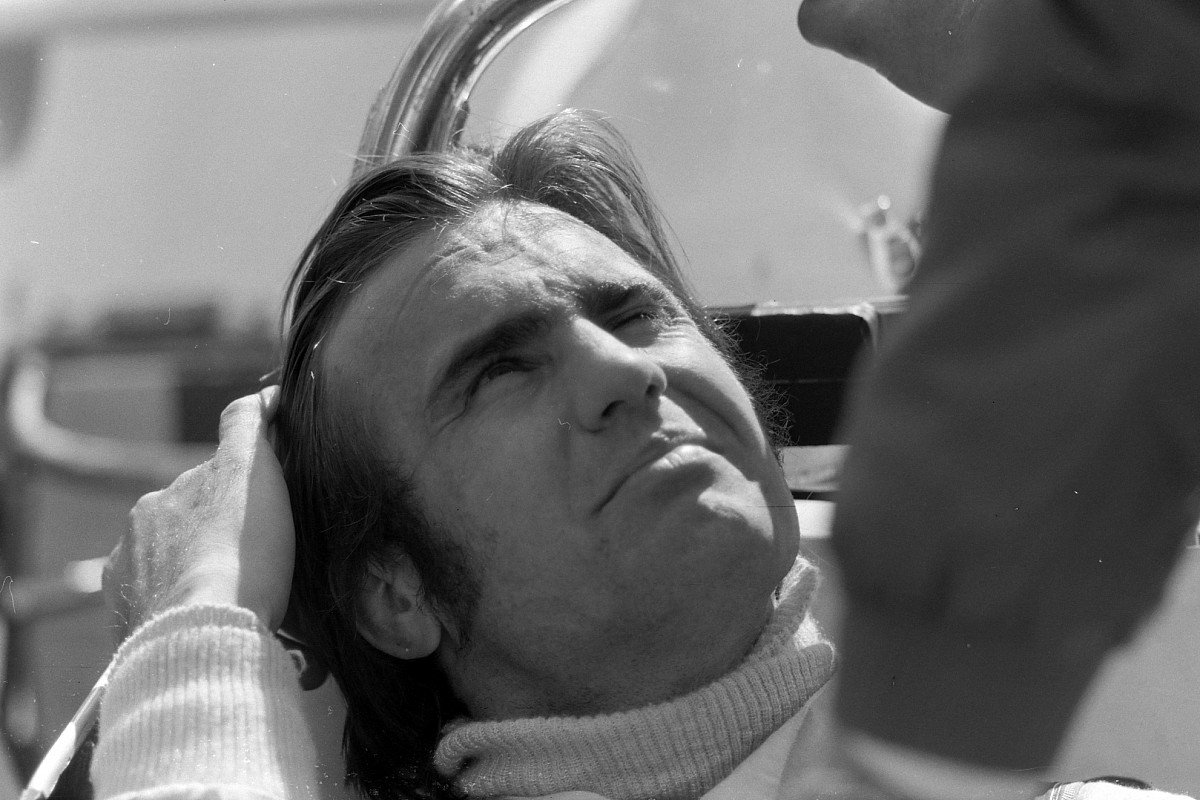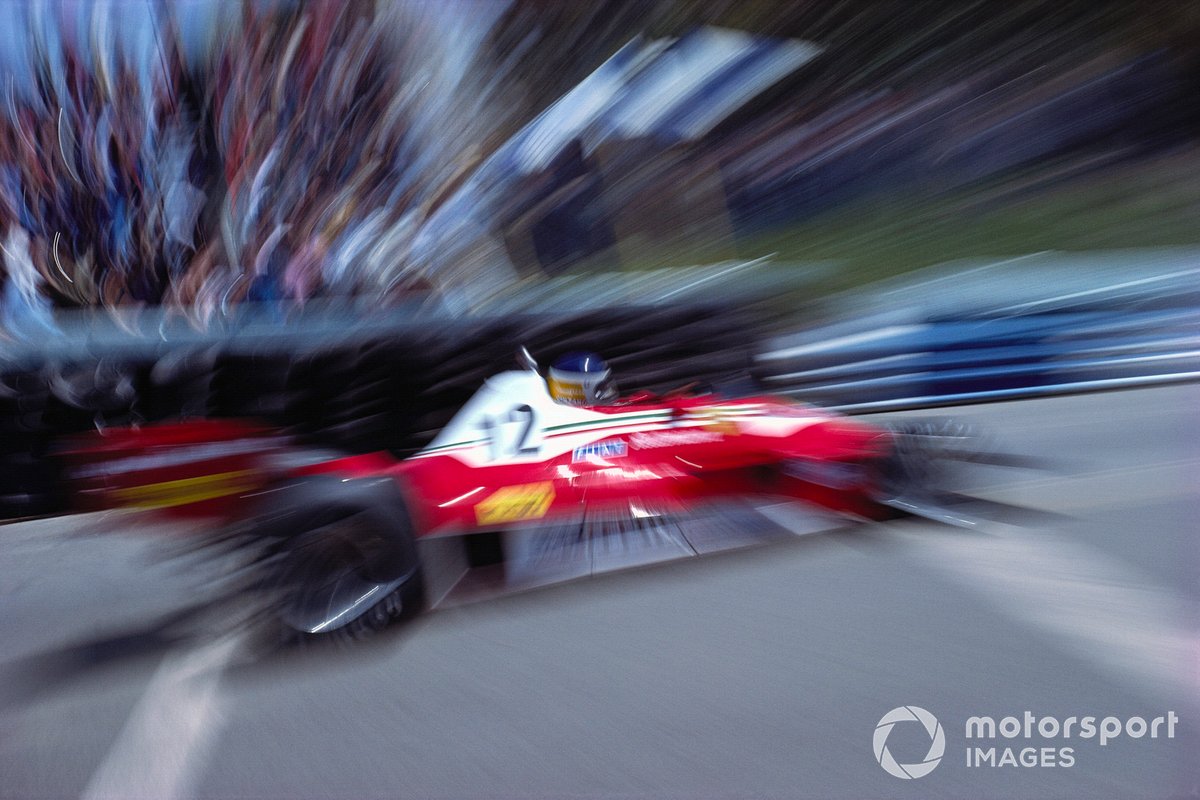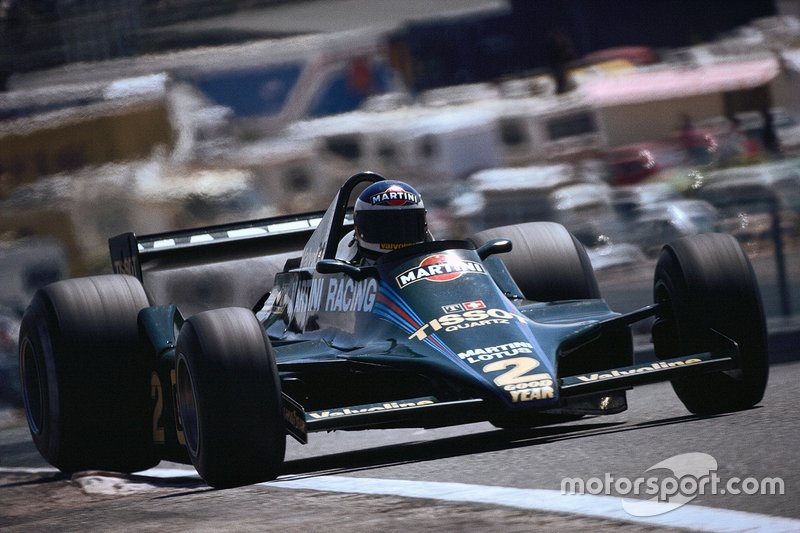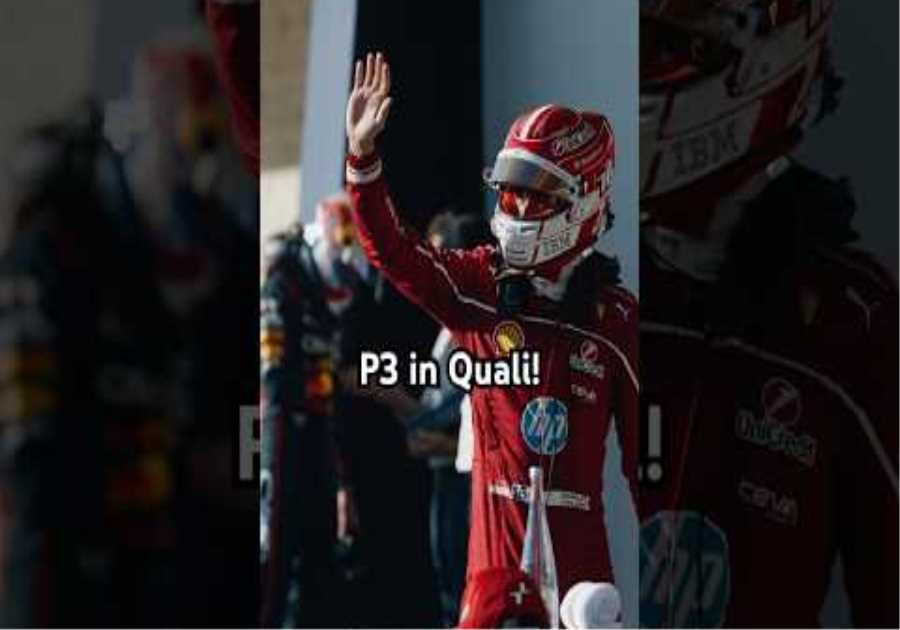
In 1974 the Argentine Reutemann achieved his first Grand Prix victory in Kyalami, South Africa. It was not only the first Formula 1 world championship triumph for a Brabham since 1970, but also the first victory of an F1 car designed by Gordon Murray – by a happy coincidence in Murray’s original homeland.
Also read:
The fact that Reutemann was to be successful at this level early in his third season was not a shock for the Formula 1 establishment. Most of his rivals had expected this since Carlos was signed by Brabham’s new owner Bernie Ecclestone in 1972 – and landed pole position on his Grand Prix debut.
Though the remainder of Reutemann’s rookie season was wasted on the mediocre Brabham BT37, it started to look promising in 1973 when Murray’s BT42 hit the track. At a time when only the six first placed points scored, Reutemann was rewarded six times in the last nine races of the season, including two podium places. When Murray wrote the striking BT44 in 1974, Brabham again looked like a team worthy of its founder, Sir Jack Brabham, and Reutemann scored three wins that year.
Also read:
The nice BT44B update for 1975 faced Lauda’s fast and reliable Ferrari 312T, and now Reutemann had the opposite problem to the previous year. Murray had ironed out the flaws of the original so the car was nearly bulletproof in terms of reliability, but now lacked a crucial speed advantage so Reutemann blew his Goodyears and tried to keep up with the red cars on race day. With one win – a lucky triumph at the Nürburgring – and five more podium places, he would be third in the championship. But for arguably the first time in his career, he encountered a tough teammate, Carlos Pace, and was found to be lacking in terms of qualifying speed, a trend that continued through 1976.
Carlos Reutemann, Brabham BT44
Photo: Rainer W. Schlegelmilch
Given the sensation that Reutemann would later prove, Pace – who died in a plane crash in 1977 – was perhaps one of the greatest unfulfilled talents in GP racing. Or, as some speculated, Reutemann hung his head. Reutemann was a sensitive man, emphatically not stubborn, and when he discovered a closer connection between the Brabham team leaders and Pace, it was not inconceivable that this worried him to an unusual degree.
Not that there were any winners at Brabham in 1976, as Ecclestone replaced Cosworth V8s with Alfa Romeo Flat-12s. The beautiful machines with Martini paintwork were neither fast nor reliable, and Reutemann got the short end of the (drive) wave and could not finish nine of the 12 races he started for the team this year.
Enzo Ferrari pushed for an open door when he approached the Argentine to replace Clay Regazzoni for ’77. The change came early when Lauda suffered life-threatening injuries at the Nürburgring in 1976, but just as Ferrari confirmed Reutemann for the Italian GP in Monza, the scorched defending champion announced his hardly credible return and obliged Scuderia to field three cars. Lauda overtook his soon-to-be team-mate in both qualifying and the race at Monza and made the additional entry unnecessary, which meant that Reutemann suspended the remaining three races after leaving Brabham.

Carlos Reutemann, Ferrari 312T2
Photo: Rainer W. Schlegelmilch
In the ’77 season, Lauda and Reutemann were roughly tied in qualifying, but the ice-cold Austrian, who had little time for his teammates, would take three wins and the world championship, while Reutemann took an individual win and fourth place in the points race after one season, in which one looked sometimes brilliant, sometimes mediocre.
But when Lauda left the squad before the end of the season, Reutemann and rookie Gilles Villeneuve were pushed into the team leadership as a teammate – and Carlos reacted splendidly. While Lotus recorded eight victories in 1978 and top driver Mario Andretti won the world title, Reutemann’s Ferrari 312T3 was without ground effect, but with Michelin footing, which required four times, a constant threat to the beautiful ground effect Lotus 79s closest to victories and third in the championship.
So his inventory was high when he switched to Lotus in 1979, but the move came at an inopportune time: the new Lotus 80 did not work well on most routes. Andretti would take third place on the beautiful machine’s debut, but he would only use it twice more while Reutemann refused to drive it entirely. Instead, he decided to return to the Lotus 79, which was no longer fast enough to seriously threaten victory.

Carlos Reutemann, Lotus
Photo: Rainer W. Schlegelmilch
The strong car in the second half of the season was the Williams FW07, and Reutemann took the opportunity to switch to Frank Williams’ team in 1980 and drive the new B-model – even if a contract with him meant running as No. 2 Williams incumbent Alan Jones. This deal would soon become insignificant as the Australian won five races and the world championship, right up to Reutemann’s individual victory in Monaco and third place in the points table, Brabham’s Nelson Piquet separated them in the overall standings.
Reutemann seemed to turn the tables in ’81 with the FW07C and increase his qualifying pace (10-5 against Jones), but he would cause tension within the Williams team, which despite Jones’ title still had not lifted the restriction as Reutemann # 2. The Argentine was pushed into a mistake by Jones while leading the season opener at Long Beach, but in Brazil, Reutemann ignored team orders, didn’t switch for his teammate and drove to victory. Jones and the team weren’t impressed …
Reutemann won again in Zolder, and that was an emotionally charged triumph, because an Osella mechanic got in the way of Williams # 2 in the pit lane during training and died of his injuries. Carlos’ distress was not reflected in his perfect drive, but was clearly visible on the podium. He later flew to Italy to meet the young mechanic’s parents.
After round 9 of 15, Reutemann was 17 points ahead of the championship. However, in the remaining six laps he only finished in the top six twice, and for the last three races of the year he drove as if he didn’t really want the title, performing his only real protagonist, Piquet (who took the crown) and Jones.

Carlos Reutemann, Williams FW07C
Photo by: David Phipps
Reutemann decided a few days after the season finale to give up the sport. He later reversed the decision and competed in the first two GPs of 1982 for Williams, scooping a podium before giving up again, this time for good.
When he entered political life as governor of Santa Fe, the motorsport world had to ponder the mystery Reutemann. Was he too sensitive? Did he need more attention to do his best more consistently? Was he consciously or unconsciously averse to the attention that championship would have brought? Did he just think about it? How could a man who was mentally strong enough to overcome the tragedy in the Zolder pit lane in 1981, to take pole and win, not show the same steadfastness in dealing with teammates as Lauda or Jones?
Nobody – maybe not even the man himself – had all the answers. But most would agree that, at best, Reutemann was almost inviolable.






